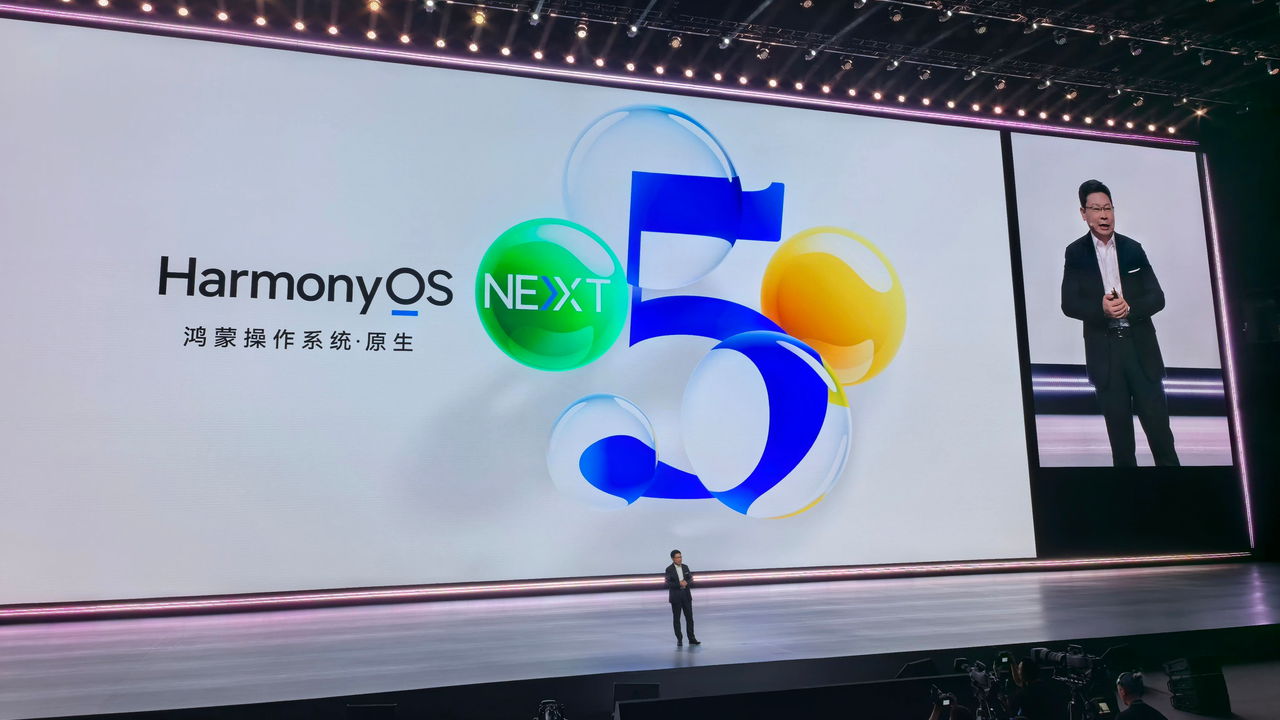
When Huawei, the Chinese tech giant, releases its latest smartphone this month, techies will strip it down to figure out how it works. The semiconductors powering the Mate 70, as the device is called, will reveal how much progress China has made in building its own chips and breaking its reliance on foreign technology. But the software in the phone may prove more important than the hardware. Huawei is expected to install HarmonyOS NEXT, its new homemade operating system, on the devices. This would be China’s first clean break with the Western-backed systems on which it and the rest of the world rely.
China’s government wants the country to become technologically self-sufficient in everything from fertiliser and passenger jets to chips and payments networks. It views Western chokeholds on critical technologies as national-security risks which could prove especially dangerous to China in a conflict. Huawei’s efforts to support Chinese self-sufficiency have lately focused on semiconductors. But the country is still overwhelmingly reliant on American mobile operating systems. Android, owned by Google, and iOS, Apple’s system, power about 98% of smartphones globally, including almost all of those in China.
Huawei’s new system will add a third contender. It was launched last month, and is only available for testing, but is expected to become more widespread with the Mate 70’s release. The current, widely used version of Huawei’s system still relies on free code from Android and software from Linux, a global open-source project. The new version is expected to throw out those foreign elements and replace them with all-native components. Apps developed for Android, which work on the current version, will not work on the new one. Chinese media have, somewhat disturbingly, described HarmonyOS Next as a “pure-blood” system.
Huawei began developing Harmony in 2012 for internet-of-things devices, not for smartphones. But American sanctions on the company in 2019 cut off its access to Google Mobile Services, including its app store, along with the powerful semiconductors needed to make phones with fifth-generation (5G) wireless connectivity.
This torpedoed the popularity of Huawei’s phones outside of China. But it also kicked off an effort by the company to shift its smartphones over to its own system and indigenise production of semiconductors. In August last year Huawei surprised analysts when it released the Mate 60, a smartphone containing advanced seven-nanometre chips manufactured domestically, allowing it to re-enter the market for 5G phones. The Mate 70, provided it runs on Huawei’s new operating system, will mark another milestone in the company’s efforts to reduce its reliance on Western companies.
Building an operating system is no mean feat. The main challenge is attracting many external developers to design applications that run on it. That requires convincing them that the system will be successful and that developing an app for it will be worth their time. Many have tried and failed to make new systems work over the years. App developers generally stick with the incumbents.
This suggests that Huawei is taking a gamble by severing ties with Android. By August last year, when the Mate 60 was released, developers had created fewer than 100 apps specifically for its operating system. The popularity of the device, and the company’s subsequent 5G phones, has helped convince many developers to start making new apps for Huawei’s phones, with more than 15,000 native apps and services being created since the Mate 60 was released. Tests of HarmonyOS NEXT have added to the excitement. Nonetheless, shifting to the new system risks hurting Huawei’s smartphone sales. Android offers users several million apps; if Chinese people cannot find their favourite ones, they may opt for another device. Chinese journalists who have tested some of the native apps have complained that they lack important functions.
Huawei may be hoping that it can build further momentum for its operating system by persuading other Chinese smartphone-makers to adopt it. It has created OpenHarmony, a rival to Android’s open-source offerings that allows companies to design their own versions of its system. Convincing them to do that will not be easy. Rival Chinese smartphone makers such as Xiaomi, Vivo and Oppo compete fiercely with Huawei, and some are developing their own operating systems using Android code. It is possible, though, that the Chinese government will eventually mandate that Huawei’s rivals switch from Android to Harmony, reckon analysts at Jefferies, an investment bank.
Huawei’s ambitions for Harmony extend beyond smartphones. The system will soon replace Windows on its laptops. It is usable across all of the company’s devices, including the cars it helps design. That should help ease the Chinese government’s fears about the country’s reliance on foreign technology—and cause Western tech giants to sit up. ■

















